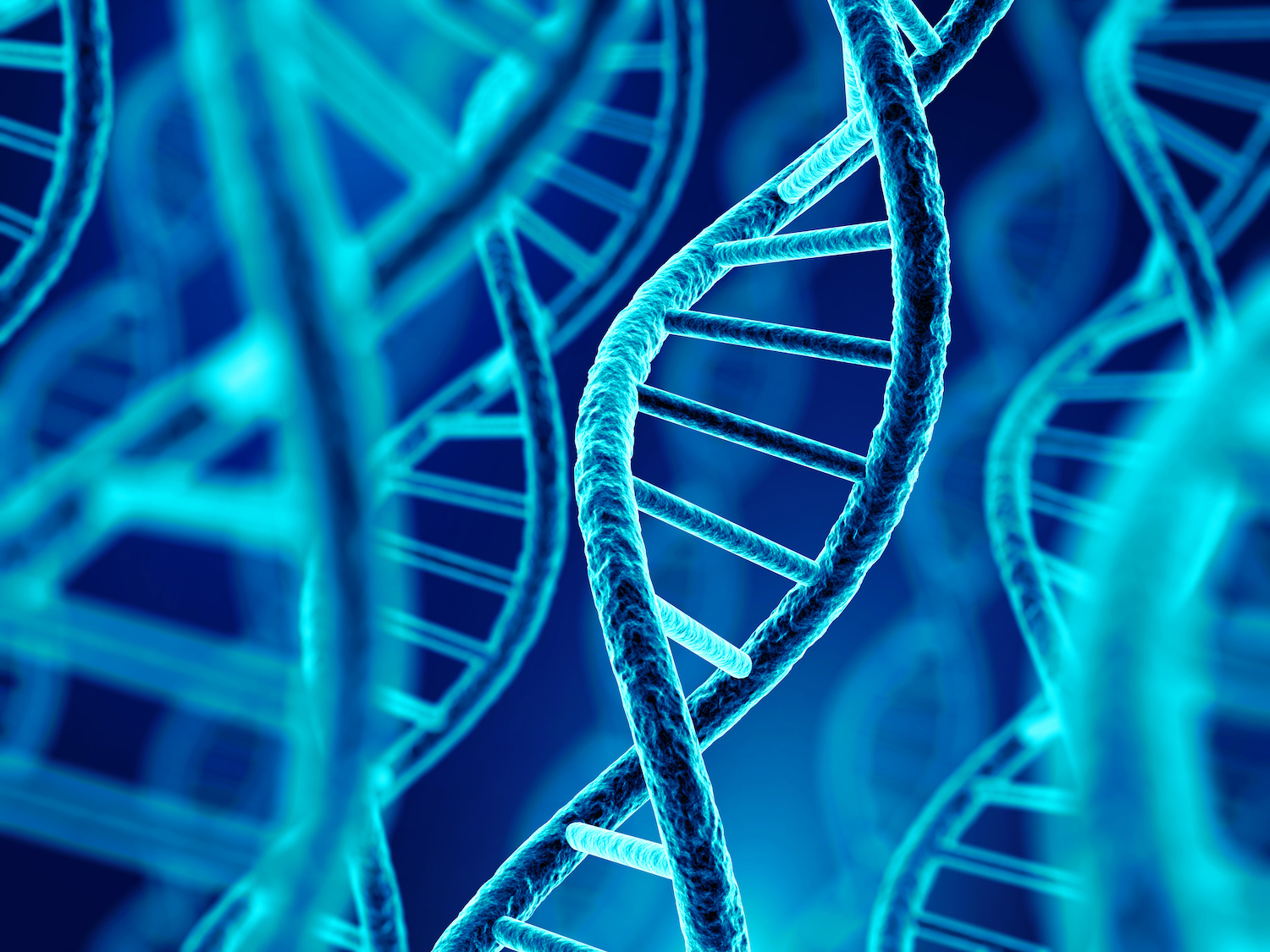
This Man's DNA Is the Oldest in North America

A Native American man in Montana has what may be the oldest DNA native to the Americas, according to news reports.
After getting his DNA tested, Darrell "Dusty" Crawford learned that his ancestors were already in the Americas about 17,000 years ago, according to the Great Falls Tribune, a Montana newspaper.
The company Cellular Research Institute (CRI) Genetics traced Crawford's ancestry back 55 generations with 99% accuracy, a rare feat given how convoluted family trees can be. [10 Things We Learned About the First Americans in 2018]
The test also revealed the origins of his Blackfeet ancestors. According to his DNA, Crawford's ancestors are from the Pacific Islands. Then, they journeyed to the South American coast and traveled north, according to a preliminary analysis.
Moreover, CRI Genetics looked at Crawford's mitochondrial DNA (mtDNA), genetic material that is passed down through mothers. An analysis showed that Crawford is part of the mtDNA haplotype B2 group, which originated in Arizona about 17,000 years ago, the Great Falls Tribune reported.
This group is one of the four major Native American groups in North America. These groups are traced back to four female ancestors: Ai, Ina, Chie and Sachi. Crawford appears to be a descendant of Ina.
"Today, this Native American line is found only in the Americas, with a strong frequency peak on the eastern coast of North America," CRI Genetics reported.
Sign up for the Live Science daily newsletter now
Get the world’s most fascinating discoveries delivered straight to your inbox.
In all, 83% of Crawford's DNA matches up with Native Americans. The rest of it showed his diverse heritage; about 10% European, about 5% East Asian, 2% South Asian and less than 1% African.
- In Photos: Human Skeleton Sheds Light on First Americans
- In Photos: New Clovis Site in Sonora
- In Photos: 130,000-Year-Old Evidence of Humans in California
Originally published on Live Science.

Laura is the archaeology and Life's Little Mysteries editor at Live Science. She also reports on general science, including paleontology. Her work has appeared in The New York Times, Scholastic, Popular Science and Spectrum, a site on autism research. She has won multiple awards from the Society of Professional Journalists and the Washington Newspaper Publishers Association for her reporting at a weekly newspaper near Seattle. Laura holds a bachelor's degree in English literature and psychology from Washington University in St. Louis and a master's degree in science writing from NYU.









